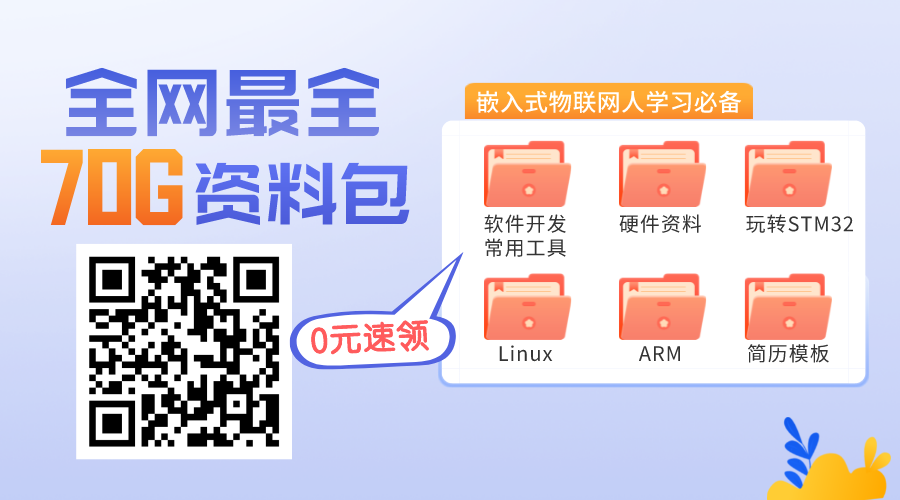
The applications of electronics engineering cover electric devices, as well as various electric switches that utilize control technology, measurement technology, adjustment technology, computer technology, and information technology.
The main research areas of electronics engineering include circuits and systems, communication, electromagnetic fields and microwave technology, and digital signal processing.
Careers related to electronics engineering are generally divided into hardware engineers and software engineers. An electronics engineer is a general term for technical personnel engaged in the production and research and development of products related to integrated circuits and electronic electrical equipment.
Hardware and software are inseparable; hardware requires software to execute its programs and achieve specific functions. Software needs hardware as a carrier, and they have a complementary relationship.
Software Engineers
-
Proficient in circuit knowledge of analog and digital circuits, able to analyze circuit diagrams, design circuit diagrams, and create PCBs.
-
Understand the principles, uses, and models of various electronic components, master microcontroller development technology, and be skilled in programming languages (assembly language, C language), able to work proficiently using computers as design tools, and adept at using common design software.
-
Able to analyze circuit faults and debug and test products.
Hardware Engineers
Must understand circuit knowledge, know the functions and principles of commonly used electronic components, be able to use electronic measurement tools, electronic production tools, and be skilled in assembly, testing, production processes, and maintenance, combining technical and manual operations.
Common Software Tools
Altium Designer (AD)
Altium Designer is an integrated electronic product development system software. This software provides designers with a new design solution by perfectly integrating schematic design, circuit simulation, PCB layout editing, automatic routing, signal integrity analysis, and design output technologies, allowing designers to easily conduct designs and significantly improve the quality and efficiency of circuit design.
Currently, this software is mainly positioned for simpler boards, relatively low-end product designs, usually focusing on 2-layer and 4-layer boards. The usage rate of this software is very high in mainland cities. Many students studying electronics or mechatronics are taught this in school or required to learn it, mainly used for designing simple boards.

PADS
PADS originated from POWER PCB, this software has a minimal interface menu and is easy to use. It has a very high market share in the consumer electronics market, and can be said to have a monopoly position in early consumer products, such as early VCD, DVD, MP3, MP4, USB drives, LCD TVs, and now tablet computers, dash cameras, automotive electronics, navigation devices, digital set-top boxes, Android smart TV boxes, mobile phones, etc. PADS holds an absolute advantage in the entire consumer electronics market. Currently, in developed coastal cities, PADS still occupies the mainstream market, especially in Shenzhen, where most companies still use PADS, followed by Allegro.

Cadence Allegro
Cadence Allegro is an advanced PCB design and routing tool launched by Cadence. Allegro provides a good and interactive working interface and powerful functions, combined with its front-end product Capture, offering the most perfect solution for high-speed, high-density, multi-layer complex PCB design and routing.
Cadence Allegro is not easy to master and is generally used only by large companies, especially those producing computer motherboards, due to its powerful functions and advantages in drawing large boards, such as computer motherboards, large industrial control boards, server motherboards, etc. Its efficiency and advantages are very obvious. Therefore, its market is mainly in computer motherboards, large industrial control boards, server motherboards, and some companies also use it for tablet computers and mobile phone boards.
Solidworks
Some may say this is just a regular 3D software, how can it be used in the field of electronics engineering? Let me explain. Previously, I worked in Shenzhen in the fixture industry, which is hardware-oriented.
To briefly introduce the entire manufacturing process, the analysis engineer analyzes the client’s file data (usually PCB data) using Tebo software, then the structural engineer designs the fixture structure, and the parts to be processed are produced using JD, followed by assembly. Fixtures are tools used for testing PCBs (Printed Circuit Boards). This is a downstream industry of PCB manufacturing, but it plays an indispensable role in ensuring the quality of PCBs.
Matlab
Matlab is also a software worth getting acquainted with. It is very useful for data analysis, algorithm development, and model creation.
LabVIEW
LabVIEW is a system engineering software designed specifically for testing, measurement, and control applications, allowing quick access to hardware and data information.
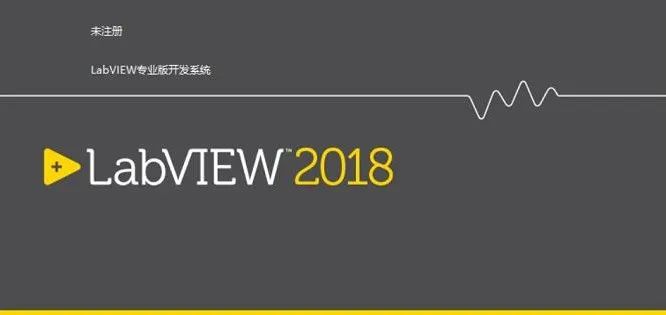
Keil
Keil provides a complete development solution that includes C compilers, macro assemblers, linkers, library management, and a powerful simulation debugger, all integrated into a development environment (μVision).

Visual Studio/VSCode
Visual Studio is the most popular integrated development environment for Windows platform applications. It has tools for developing and debugging C++ code.

Multisim
Multisim is a simulation tool based on Windows launched by National Instruments (NI), suitable for board-level analog/digital circuit design work. It includes graphical input for circuit schematics, hardware description language input methods, and has rich simulation analysis capabilities.
Engineers can interactively build circuit schematics using Multisim and simulate circuits. Multisim simplifies the complex content of SPICE simulation, allowing engineers to quickly capture, simulate, and analyze new designs without needing deep SPICE knowledge, making it more suitable for electronics education. Through Multisim and virtual instrument technology, PCB design engineers and electronics educators can complete a comprehensive design process from theory to schematic capture, simulation, and prototype design and testing.
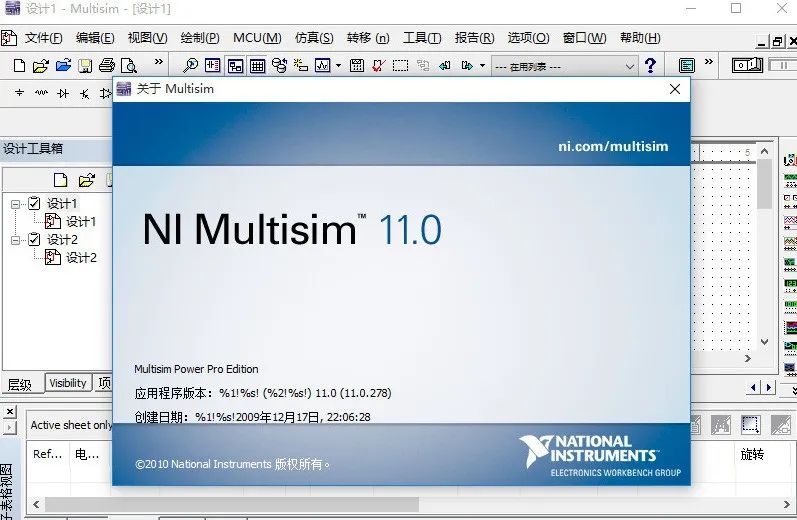
TestStand
TestStand is also a software platform independently developed by National Instruments (NI). NI TestStand is an immediately executable test management software that helps users develop automated testing and verification systems faster. NI TestStand can be used to develop, execute, and deploy test system software. Additionally, users can develop test sequences using test code modules written in any programming language. Test sequences can specify execution flow, generate test reports, perform database logging, and connect with other company systems. Finally, users can deploy test systems in production using an easy-to-use interface.
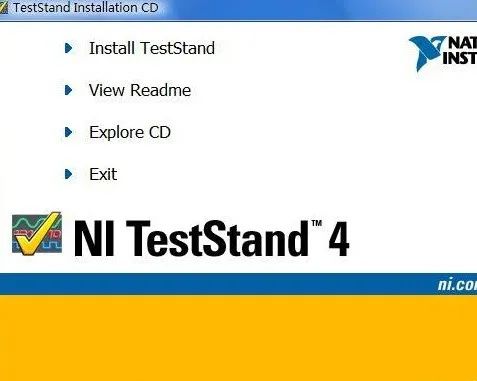
Switch Executive
Switch Executive is a switch management and routing application software that can quickly accelerate the development process and simplify the maintenance of complex switch systems. Switch Executive provides interactive configuration and automatic routing features, making the design of switch routing systems easier.
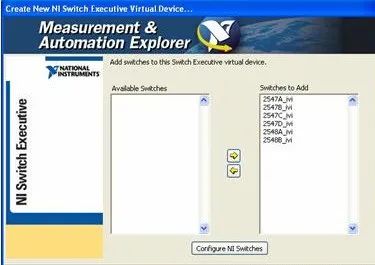
Yitu Circuit Diagram Drawing
Yitu circuit diagram drawing software is an entry-level circuit diagram design software suitable for beginners. The software interface is simple, contains a rich set of chart symbols, a Chinese interface, and various chart templates. The version is updated regularly, so there is no need to worry about being unable to draw new components. It is suitable for professional electronics engineers for circuit diagram design.

Proteus
Proteus software is an EDA tool software published by Lab Center Electronics in the UK. The design suite combines ease of use with a powerful feature set to achieve rapid design, testing, and layout of professional PCBs. Although domestic promotion has just started, it has been favored by microcontroller enthusiasts, teachers engaged in microcontroller teaching, and technology workers committed to microcontroller development and application.
Electronic Workbench
Electronic Workbench is an electronic circuit simulation software that can perform various circuit work demonstrations and simulate various electronic circuits, scaling the displayed waveforms. Electronic Workbench is a classic, compact, and easy-to-use simulation software for analog and digital circuits.

LTspice Circuit Simulation Software
LTspice IV is a high-performance Spice III simulator, circuit diagram capture, and waveform observer, providing improvements and models to simplify the simulation of switching regulators. During the circuit diagram simulation process, its built-in models often cannot meet the needs, and major chip suppliers provide free SPICE models or PSpice models for download. LTspice can import these models for simulation. LTspice circuit simulation software is widely used in Europe, the United States, Australia, and China.
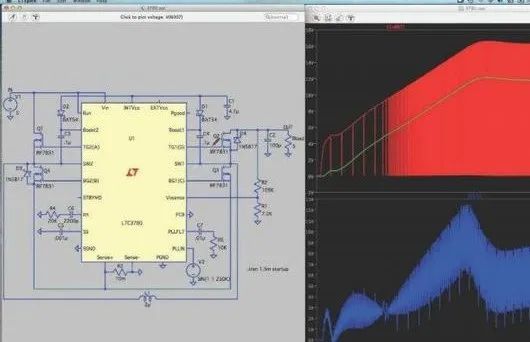
OrCAD
OrCAD is a professional tool for PCB design, circuit board layout, and routing. It helps produce manufacturable circuit board designs faster. Cadence OrCAD products are loved by many electronics engineers for their intuitive interface and powerful functions, making it one of the most widely used EDA software in the world.
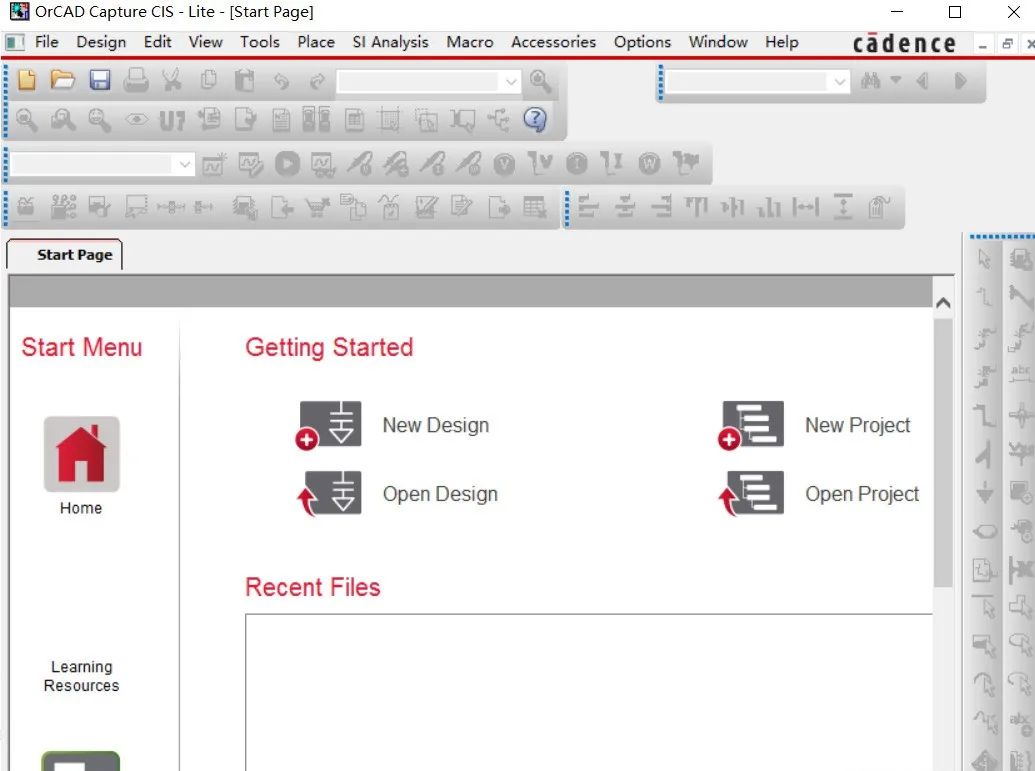
Tebo
This is a software that has both CAD and GERBER input interfaces for ICT and ATE fixture auxiliary production. It can handle various GERBER and buried blind hole, positive and negative data. It also has multiple CAD interfaces, making data processing time-saving and efficient, making it one of the best choices for producing high-precision, complex ICT and ATE testing fixtures.
Previous Recommendations
●
Share several highly-rated development software related to embedded systems
●
Bad habits to avoid in embedded development!
●
Should beginners choose Arduino or Raspberry Pi?
